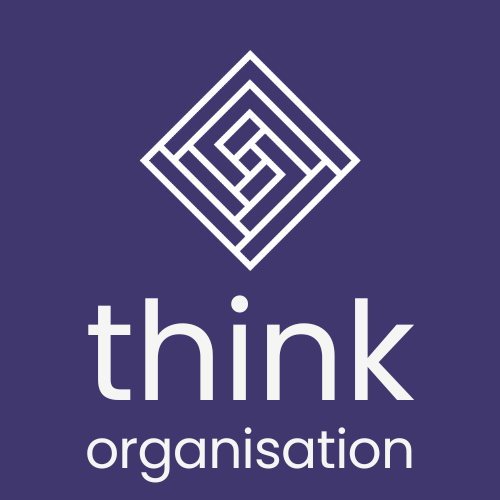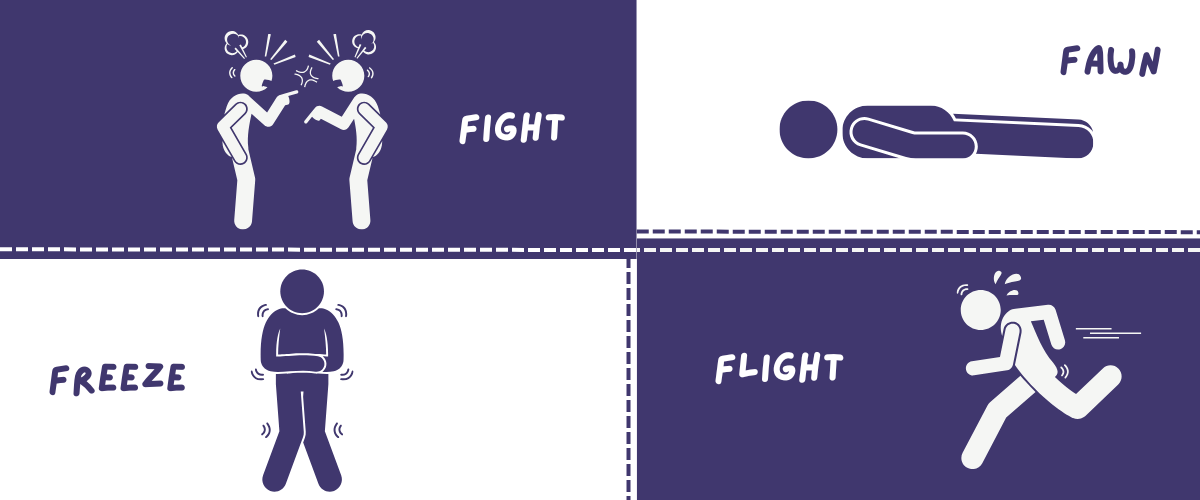How we behave at work is down to the individual. Behaviour at work is down to the team, manager, organisation and society. Humans learn behaviours from their lived experience and other people. In reality, no amount of rules, procedures, operating models or surveillance can outweigh having staff who enjoy what they are doing, enjoy where they work, and enjoy who they are working with.
Sitting in a well-known coffee shop this week as I watched two members of staff discussed their recent Area Manager visit. The visit has been positive, which was a relief as we are 12.5 times more likely to share negative stories. The Area Manager had given them some ideas to work on before the next visit and both employees were discussing the options of how they could achieve this request. One highlighted some of the risks, issues and potential pitfalls of some of the ideas was the other came up with broader and broader ideas. After about ten minutes, during which there was some laughter and joviality the staff members had isolated a couple of potential options. They agreed to talk to the others and get their input and catch up later, which was good because at this point there was a run on coffee and cake as the morning rush took hold.
Fast forward a few hours, and I was back again, and a shift change and two new members of staff discuss the same problem as the afternoon lull takes hold. Initially I thought they were having an almost identical conversation to the morning staff but they weren’t. In fact, they were building on what the earlier team had been talking about. Taking their ideas, adding others and playing with options, risks, benefits and plausibility of the suggestions. Again speckled with some joviality, laughter but underpinned with focus: how do we solve this problem/challenge we have been set?
From the outside these behaviours may have appeared unproductive. In reality, to the casual observer these staff members could have been mistaken for not working. They weren’t cleaning tables, or serving drinks. But equally no one was waiting either. What they were doing was communicating with each other and working as a team. They were inspired by this challenge which has been set. It had given them purpose, direction and a focus. It had also given them a reason to work together.
1. Managing Behaviours
With clients, Think Organisation works on a preventative approach wherever feasible. The ability of managers to engage, inspire and provide direction for their team inspires the right behaviours. Not because people are afraid of what might happen if they don’t, but because they want to behave in that way and do a good job. Most people are people pleasers, and like to feel valued – it is part of our innate human psychology. Did you ever turn up at a job on your first day wishing you could be bad at it? Hoping you would get shouted at or belittled by your manager?
We didn’t think so.
2. Behaviour Guidelines
The organisation, and the manager, were clear about how the team could behave. Laughing, joking and talking together was great as long as there wasn’t a line of people waiting. Having a well-used, but clean and friendly, environment was also ok. But in that conversation everyone was aligned about what was ok, what was not and what might be a bit close to the wire. Discussions were had about these suggestions which were close to the wire. Which in many ways, reaffirmed the behaviour guidelines as the staff members discussed their own opinions, interpretations and understanding of what these meant. Interestingly and positively, one of the newer members of staff thanked one of the more experienced members of staff for explaining something to them from their own experience – role-modelling good mentorship.
Do you know what your behaviour guidelines are in your organisation? Do you know what is close to the wire and what is acceptable or unacceptable? Most importantly, do you know why those guidelines are in place?
The challenge is that humans often behave in a way, because that is the way they always have done. It is an unconscious assumption, and can often lead to detrimental far-reaching societal impacts. Talking to a friend earlier this week, I said ‘Ooo, that’s great – I loved it when I was just a Mother.’ The word “just” extends many connotations, and in many ways belittled the huge jump she was making in her career and life to put her family where they needed to be at that point in time. She had also been treated appallingly by her current organisation, who on paper said they were flexible, supportive and inclusive but in reality their treatment of her has led to this decision.
Whilst I noticed my faux pas, of saying the word just, I apologised this manager wasn’t open to the feedback or learning from their behaviours. The behaviour guidelines in this organisation were archaic, gender-biased and not fit for purpose.
Have you assessed your behaviour guidelines? Do you know why people behave as they do in your organisation? Are these guidelines helping deliver profit? Or are they having a detrimental impact on your bottom-line?
3. Freedom To Think
Being able to have the time to reflect, think and process our behaviours and our impact on others is invaluable. It was a previous manager who explained to me about the impact of adding the word just to sentences. Think about it – Are you just having one child? Are you just ok with that? Are you just a mum?
Back to our lived example this week. There was no rule, or time, set aside to allow this team of people to think. They weren’t brought onto a team away day, or pulled together in a large meeting room to discuss the current problem. The manager knew how to plant the seeds to get the problem fixed. Most importantly, by allowing this group of people to think and work together they were creating a team. A team of people who had high trust, psychological safety and brilliant cross-location communication. There were no silos in the problem-solving, and everyone was involved. We will let you know what happens next week, but for now, we will leave you with some practical insights and suggestions which you may find helpful if you want your culture to be the best it can be.
- Ensure your boss, and you, have the same understanding of what your job really is. What needs to be achieved, what are the problems and who is going to do what? By when? This does not need to be prescriptive, action based but more goal and solution focused.
- Notice, and authentically praise, behaviours which work towards the behaviours your organisation or team needs. Whilst the solution may not have been successful, or what they tried may have failed, this team worked together to solve a problem and they all felt part of it. The positive focus, praise and support each member of staff gave to each other was role modelled on the behaviours of the manager.
- Speak and converse as soon as possible, especially if something isn’t right or working as planned. Include how the issue makes you feel, but also the impact on the organisation, team or customer. But don’t make it personal. One action does not make a person. A new starter who makes a mistake won’t have done it deliberately. It could have been they didn’t understand, or they were given misaligned goals or they didn’t have the skills required to succeed. Either way, the way managers response is key to ensuring that employee behaviours have a positive impact on profits.



